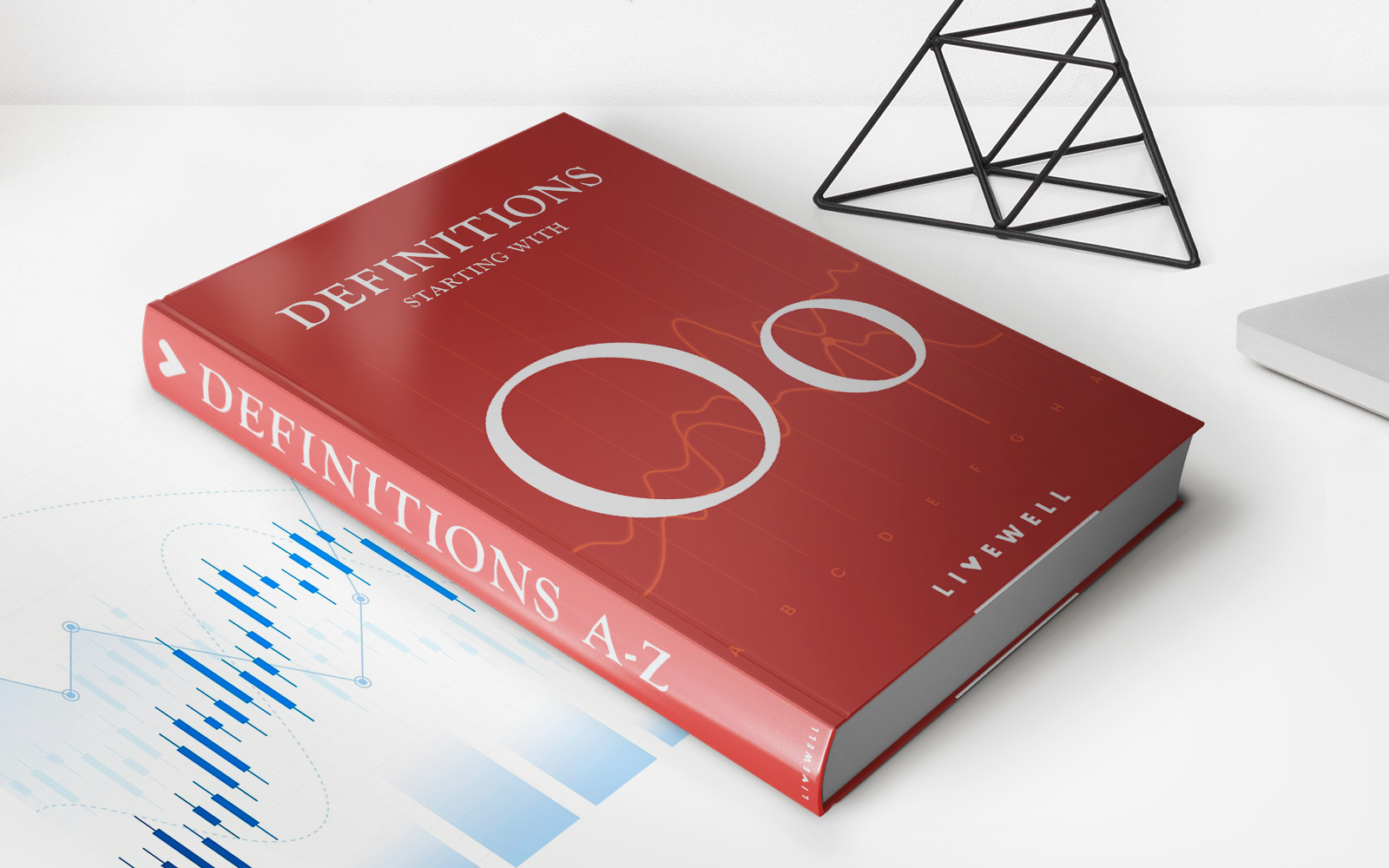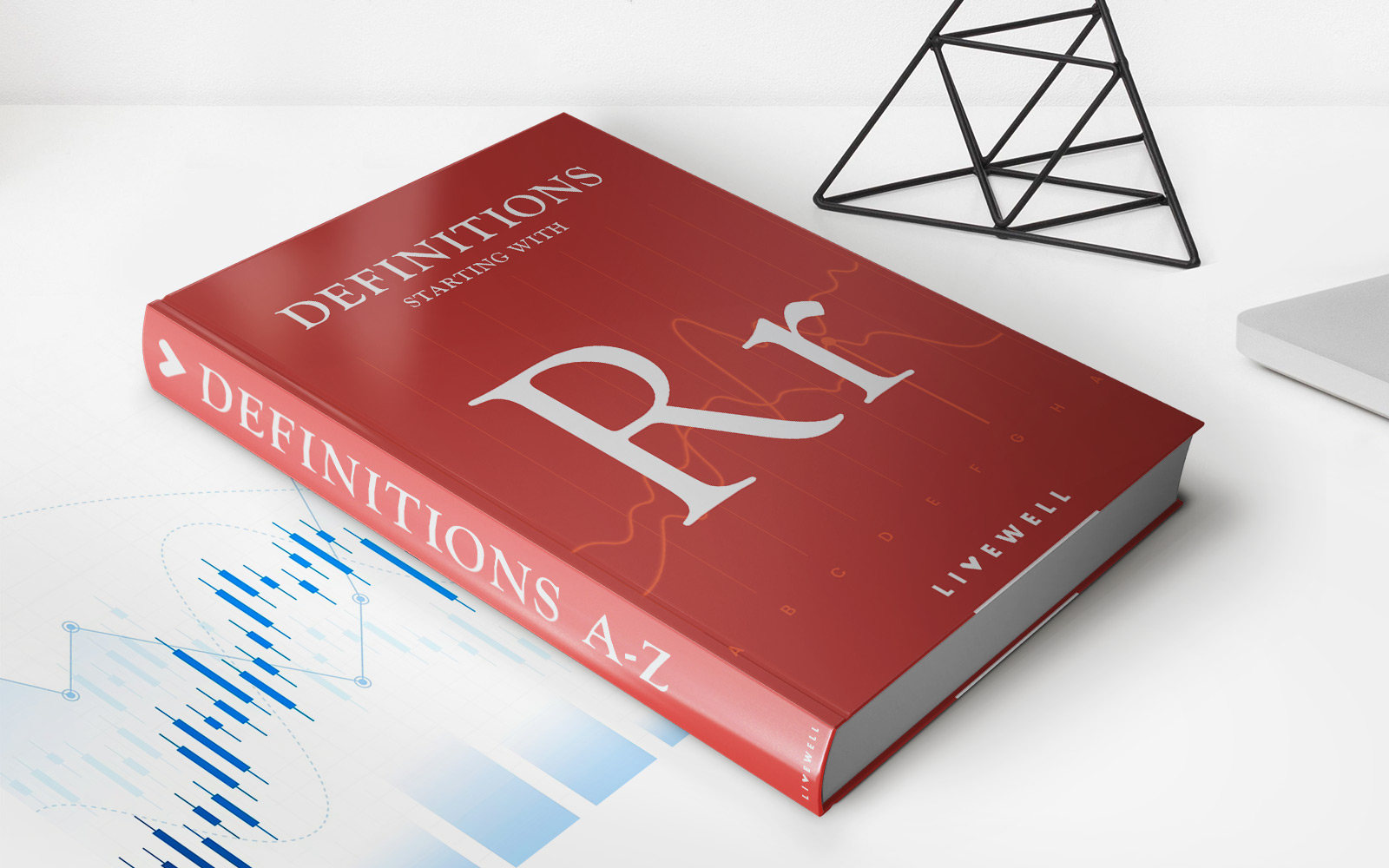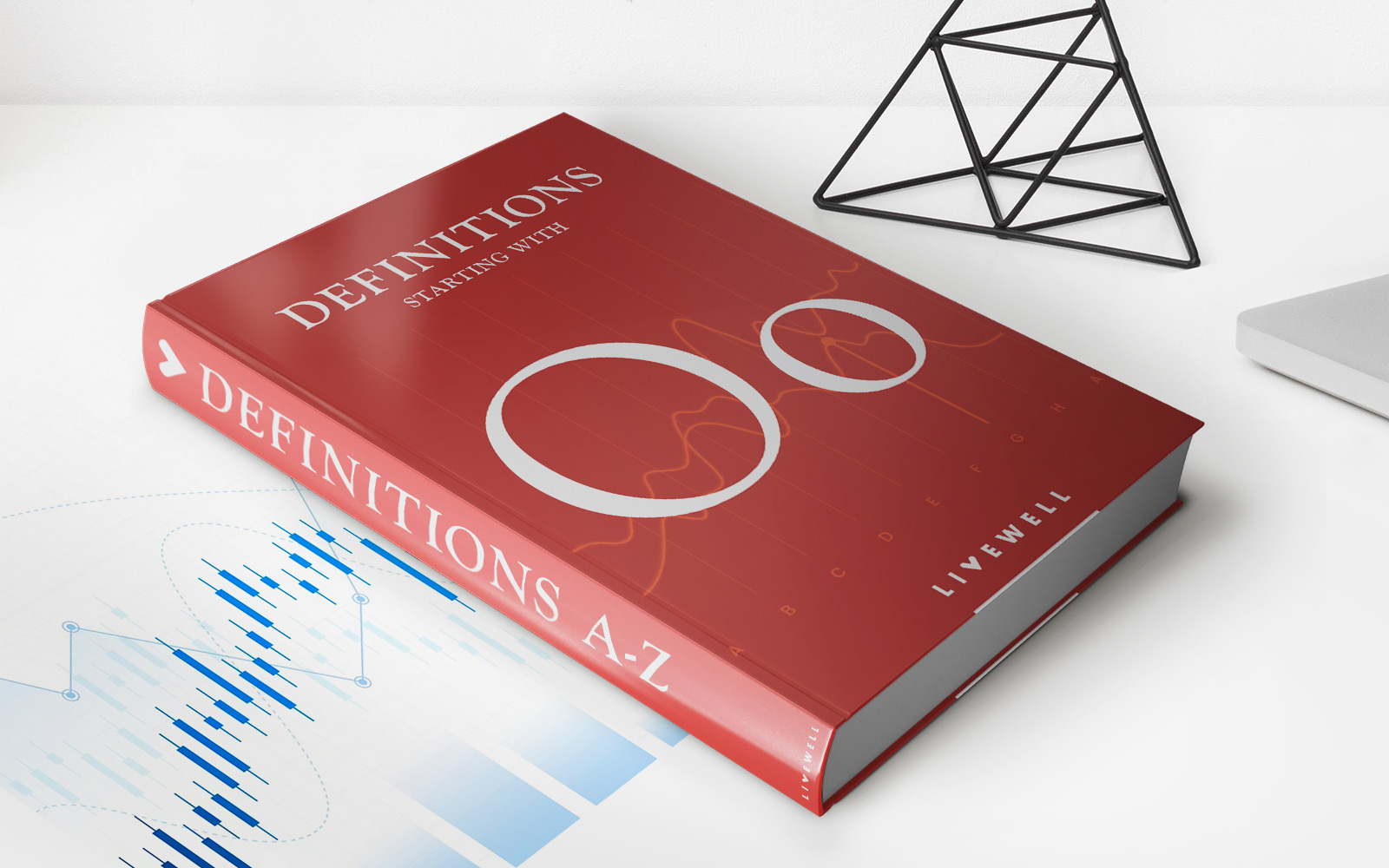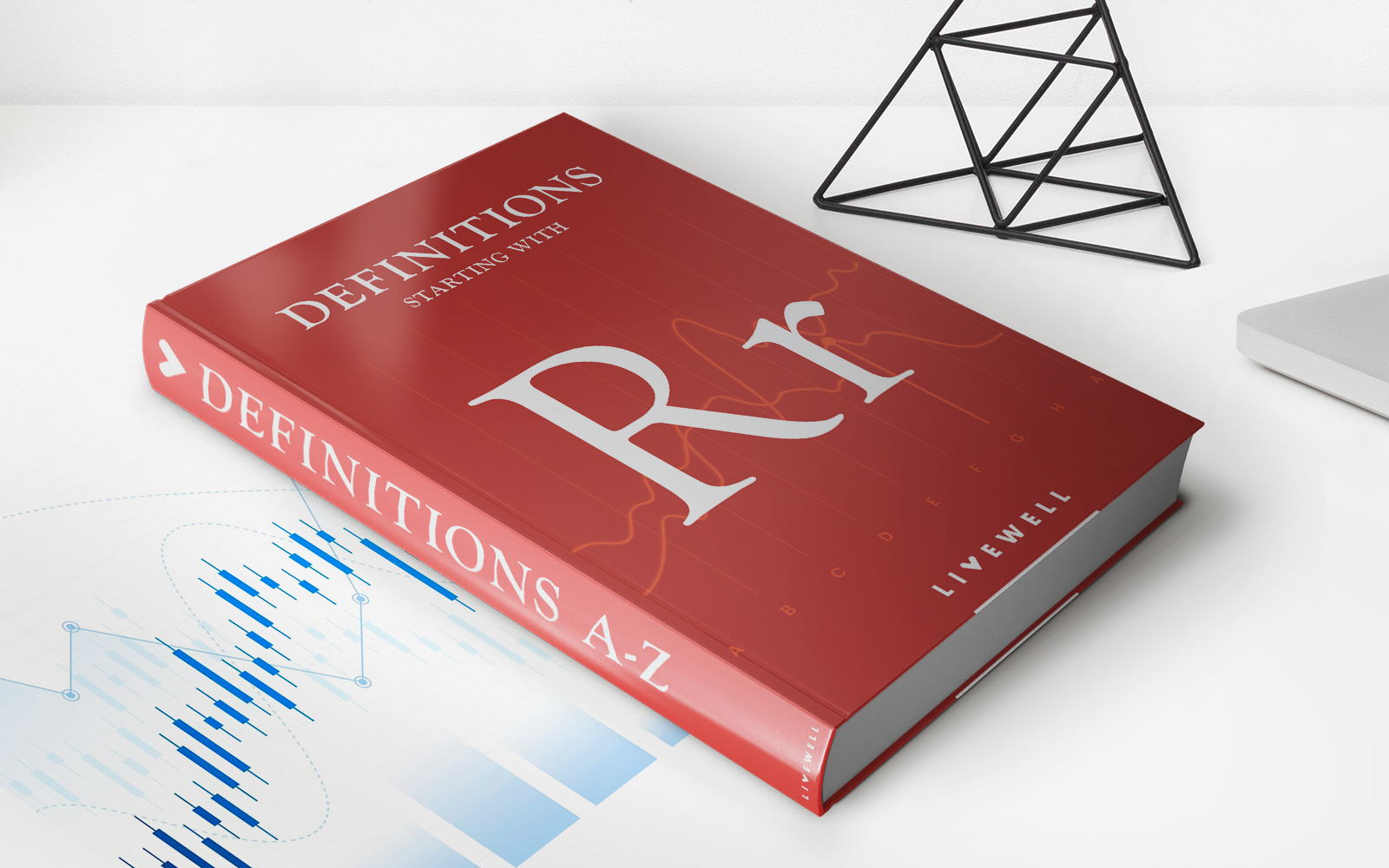Home>Finance>Opening Price: Definition, Example, Trading Strategies


Finance
Opening Price: Definition, Example, Trading Strategies
Published: January 3, 2024
Learn about the opening price in finance, its definition, example, and effective trading strategies to maximize your investments.
(Many of the links in this article redirect to a specific reviewed product. Your purchase of these products through affiliate links helps to generate commission for LiveWell, at no extra cost. Learn more)
Opening Price: Definition, Example, Trading Strategies
When it comes to the world of finance, there are countless terms and concepts that can seem overwhelming to those who are not familiar with them. Opening price is one of those terms that crops up regularly in discussions about the stock market. But what exactly does it mean, and how does it impact financial trading? In this article, we will delve into the definition of opening price, provide an example, and explore a few trading strategies related to this crucial factor.
Key Takeaways:
- The opening price is the price at which a financial instrument, such as a stock or commodity, starts trading at the beginning of a trading session.
- It is determined by market forces and can be influenced by factors such as supply and demand, news, and market sentiment.
So, what is the opening price? Simply put, it is the price at which a financial instrument, like a stock or commodity, begins trading at the start of a trading session. This price is determined by market forces and can be influenced by various factors, such as supply and demand, market sentiment, and significant news events. Understanding the opening price is crucial for traders and investors, as it sets the tone for the entire trading day and can impact their decision-making process.
Let’s take a simple example to illustrate the concept. Imagine you are interested in buying shares of a company, and the opening price for the day is $50 per share. This means that when the market opens, the first trade you can potentially make is at $50. However, it is important to note that the opening price is not always the same as the previous day’s closing price. It can differ due to various factors at play during non-trading hours, such as after-hours trading or overnight news that may affect the market’s sentiment.
Trading Strategies Involving Opening Price
Now that we have a grasp of what the opening price entails, let’s explore a few trading strategies that revolve around this crucial factor:
- Breakout Trading Strategy: This strategy involves identifying stocks or other financial instruments that have broken through a significant price level at the opening. Traders aim to capitalize on the momentum created by the breakout, anticipating a potential uptrend or downtrend.
- Gap Trading Strategy: Gaps occur when the opening price of a financial instrument is significantly higher or lower than the previous day’s closing price. Traders who follow this strategy look for stocks that have gapped up or down and aim to profit from the subsequent price movement as the gap gets filled or expands.
In conclusion, the opening price plays a crucial role in financial trading, setting the tone for the trading day. Traders and investors must pay close attention to this value as it can significantly impact their decision-making process. Understanding and implementing trading strategies related to the opening price can help market participants identify potential opportunities and optimize their trading outcomes.














